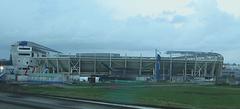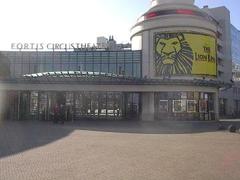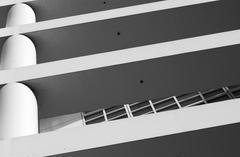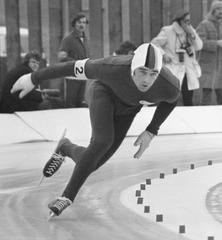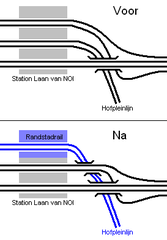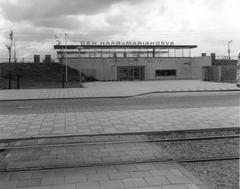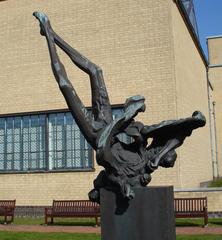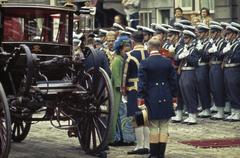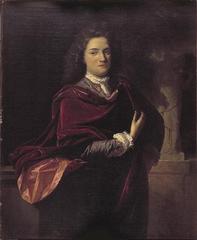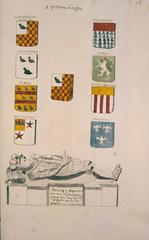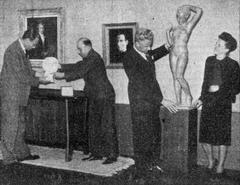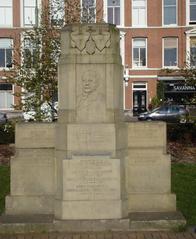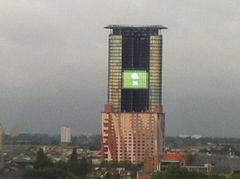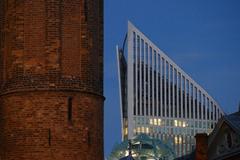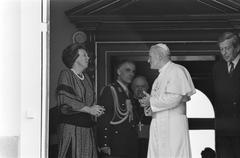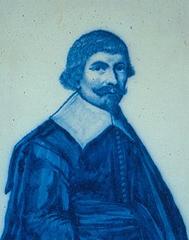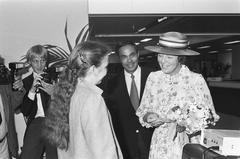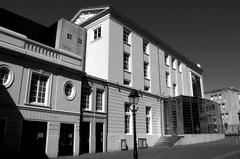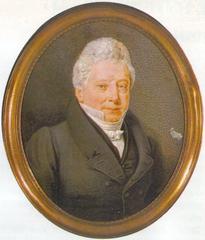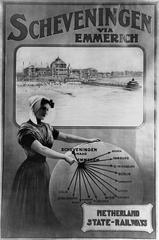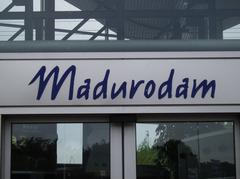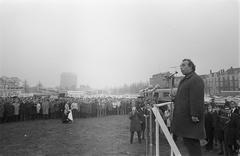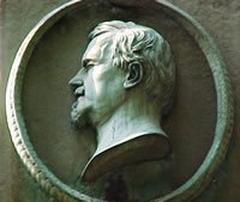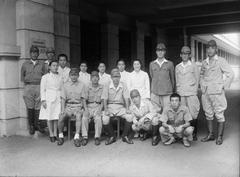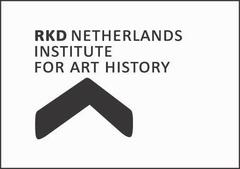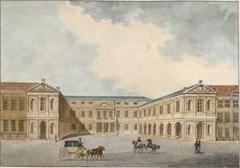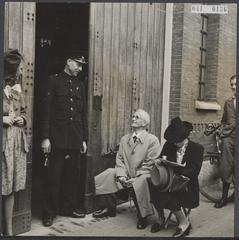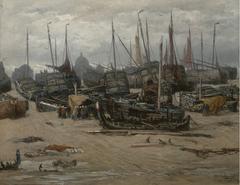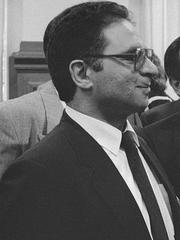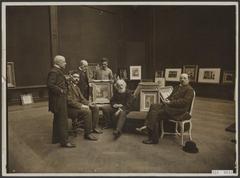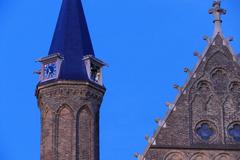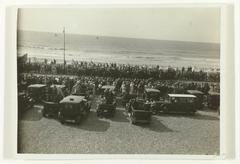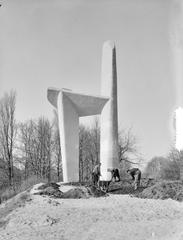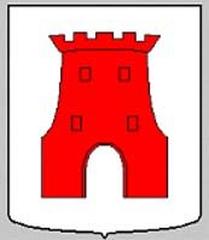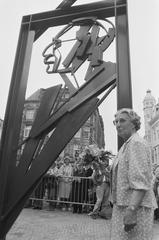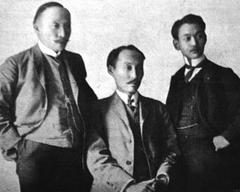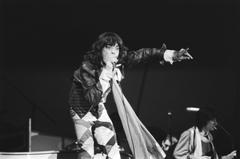301 Steps (Daylight/Tungsten): Visiting Hours, Tickets & Historical Sites in The Hague, Netherlands
Date: 03/07/2025
Introduction
301 Steps (Daylight/Tungsten) is a remarkable public art installation in The Hague, Netherlands, that seamlessly merges urban design, artistic innovation, and Dutch cultural heritage. This contemporary landmark, accessible 24/7 and free of charge, invites visitors to experience a transformative journey through light and space—transitioning from natural daylight to the ethereal blue glow of tungsten lighting after sunset. Whether you’re a resident, traveler, or art enthusiast, this guide provides a comprehensive overview of the history, design, visiting information, accessibility, and nearby attractions surrounding 301 Steps.
Table of Contents
- Introduction
- History and Cultural Significance
- Visiting Information
- Practical Information (FAQ)
- Nearby Attractions
- Visuals and Media Suggestions
- Summary and Recommendations
- References
History and Cultural Significance
Origins and Artistic Vision
301 Steps (Daylight/Tungsten) was created in 1998 by artists Jan van Grunsven and Arno van der Mark (BKDH; Stroom Den Haag). The title refers to the average number of steps required to traverse its 241-meter length. Conceived as a subtle intervention in the urban landscape, the installation explores transitions within city life, the tension between built environment and nature, and the impact of light on perception.
The work is emblematic of The Hague’s dedication to enlivening public spaces with accessible, thought-provoking art. It serves not just as a crossing but as a contemplative journey—especially dramatic at night, when blue tungsten lighting transforms the landscape into a surreal, immersive environment.
Context Within The Hague’s Urban Fabric
Located in the Haagse Hout district near Schenkkade, between Prinses Beatrixlaan and Wilhelmina van Pruisenweg, 301 Steps stands at the intersection of urban vibrancy and green space. Its proximity to The Hague’s Museum Quarter and prominent landmarks such as the Binnenhof and Mauritshuis positions it as both a local connector and a cultural destination (The Crowded Planet; DenHaag.com).
The installation echoes earlier public stair projects in the city, reinforcing The Hague’s tradition of blending historic legacy with contemporary creativity. Its understated signage—a steel plate marking the boundaries—invites discovery and reflection.
Artistic and Cultural Influences
301 Steps (Daylight/Tungsten) is deeply rooted in Dutch artistic traditions that explore the role of light, from the paintings of Vermeer and Rembrandt to modern interventions in public space. The use of stelcon steel plates, iron railings, and undulating asphalt creates a landscape that is both functional and poetic, with contrasts between hard and soft surfaces symbolizing the interplay of urban and natural forces (BKDH). The dramatic lighting pays homage to cinematic and photographic traditions, as well as referencing iconic stairways in art and film history.
Visiting Information
Hours and Tickets
- Open: 24/7, year-round; there are no official opening or closing hours.
- Tickets: Free public access at all times; no tickets or reservations required.
- Best Time to Visit: After sunset, when the blue tungsten lighting is active, for the most striking visual experience (Blipfoto).
Accessibility
- Physical Access: Smooth, level surface with gentle undulations, suitable for pedestrians, cyclists, and wheelchair users; no physical steps or barriers.
- Safety: The area is generally safe but remain aware of vehicle and bicycle traffic, especially at night when lighting can affect depth perception.
- Facilities: No onsite restrooms or cafés, but amenities are available nearby in the city center.
Getting There and Travel Tips
- Location: Schenkkade, Haagse Hout, The Hague (GPS: 52.079132724488, 4.3395538152054); near the Siemens building.
- Public Transport: Multiple tram and bus stops nearby; check The Hague’s public transport maps for the best route.
- Cycling: The installation is directly accessible by bike, and cycling is highly recommended to experience the full length of the artwork.
- Footwear: Wear comfortable shoes if walking; the journey is about 241 meters (“301 steps”).
- Weather: Dress appropriately for outdoor conditions; the artwork is fully exposed.
Visitor Experience
Daytime
During daylight, 301 Steps subtly integrates with its surroundings. The artwork is defined by its distinctive materials—stelcon steel plates, elegant railings, and undulating asphalt—contrasting with the lush green banks. The experience is meditative, with a focus on the tactile and visual transition between urban and natural elements (Flickr).
Nighttime
After dark, the installation transforms as blue tungsten lighting bathes the walkway, creating a surreal, almost magical atmosphere reminiscent of moonlit snow. This vivid spectacle makes the site popular among photographers and visitors seeking a unique nocturnal urban experience (Blipfoto).
Guided Tours and Events
While 301 Steps is designed for self-guided exploration, occasional guided tours, workshops, and interactive experiences are offered during city festivals and public art events (TripReporter; All Events in The Hague). Check local cultural listings or tourism websites for updates.
Practical Information (FAQ)
Q: Is there an entrance fee or ticket required?
A: No, the installation is freely accessible to the public 24/7.
Q: What are the best hours to visit?
A: Any time, though after sunset is recommended for the blue tungsten lighting experience.
Q: Is the installation accessible for people with disabilities?
A: Yes, the smooth, level surface is suitable for wheelchair users and those with mobility aids.
Q: How do I get there by public transport?
A: Several tram and bus stops are within walking distance; use city transport maps for details.
Q: Are there facilities onsite?
A: No, but nearby urban amenities are easily reached.
Nearby Attractions
- Binnenhof: Historic Dutch parliament complex.
- Mauritshuis: Renowned art museum with Dutch Golden Age masterpieces.
- Museum Quarter: Home to various museums and cultural venues.
- Peace Palace: International symbol of peace and justice.
- Kunstmuseum Den Haag: Modern and contemporary art.
Combine your visit to 301 Steps with these destinations for a rich cultural itinerary (DenHaag.com; Living Nomads).
Visuals and Media Suggestions
- Daytime alt text: “301 Steps Daytime view showing stelcon steel plates and iron railings”
- Nighttime alt text: “301 Steps illuminated by blue tungsten lighting at night”
- Cyclists alt text: “Visitors cycling through 301 Steps installation in The Hague”
For route planning, view 301 Steps on Google Maps.
Summary and Recommendations
301 Steps (Daylight/Tungsten) embodies The Hague’s blend of historical richness and contemporary artistry. As a public artwork, it offers an immersive and meditative experience—transforming a simple urban crossing into a journey through light, material, and imagination. Open around the clock and free of charge, it is accessible to all and serves as a bridge between the city’s storied past and its creative present (TripReporter; BKDH; The Crowded Planet; DenHaag.com).
Whether you visit by day or after dark, 301 Steps is a must-see urban landmark. For up-to-date schedules of events and guided tours, consult official resources and consider downloading the Audiala app for interactive guides and local recommendations.
References
- TripReporter – BlowUp Art The Hague
- The Crowded Planet – Things to Do in The Hague
- BKDH – 301 Steps (Daylight/Tungsten)
- Stroom Den Haag – 301 Steps (Daylight/Tungsten) (1998)
- The Spaces – The Hague’s Art Scene Blows Up This May
- DenHaag.com – The Hague’s Best Top 10 Must-See List
- All Events in The Hague – July
- Flickr – Photo Documentation
- Blipfoto – Visitor Impressions
- Living Nomads – The Hague Blog
